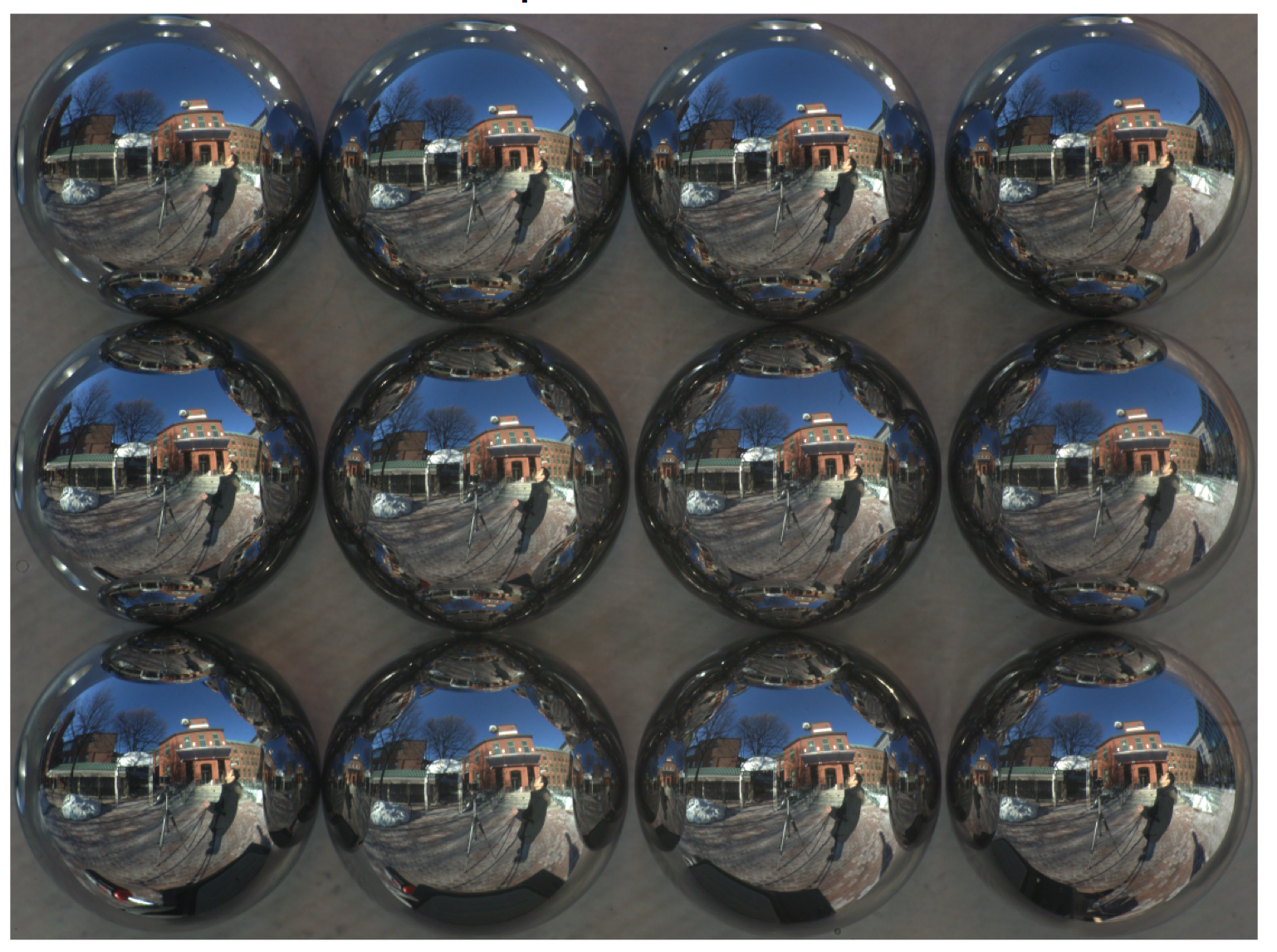TR2010-107
Axial-Cones: Modeling Spherical Catadioptric Cameras for Wide-Angle Light Field Rendering
-
- , "Axial-Cones: Modeling Spherical Catadioptric Cameras for Wide-Angle Light Field Rendering", ACM Transactions on Graphics (TOG), Vol. 29, No. 6, December 2010.BibTeX TR2010-107 PDF
- @article{Taguchi2010dec,
- author = {Taguchi, Y. and Agrawal, A. and Veeraraghavan, A. and Ramalingam, S. and Raskar, R.},
- title = {{Axial-Cones: Modeling Spherical Catadioptric Cameras for Wide-Angle Light Field Rendering}},
- journal = {ACM Transactions on Graphics (TOG)},
- year = 2010,
- volume = 29,
- number = 6,
- month = dec,
- isbn = {978-1-4503-0439-9},
- url = {https://www.merl.com/publications/TR2010-107}
- }
- , "Axial-Cones: Modeling Spherical Catadioptric Cameras for Wide-Angle Light Field Rendering", ACM Transactions on Graphics (TOG), Vol. 29, No. 6, December 2010.
-
Research Area:

Abstract:
Catadioptric imaging systems are commonly used for wide-angle imaging, but lead to multi-perspective images which do not allow algorithms designed for perspective cameras to be used. Efficient use of such systems requires accurate geometric ray modeling as well as fast algorithms. We present accurate geometric modeling of the multi-perspective photo captured with a spherical catadioptric imaging system using axial-cone cameras: multiple perspective cameras lying on an axis each with a different viewpoint and a different cone of rays. This modeling avoids geometric approximations and allows several algorithms developed for perspective cameras to be applied to multi-perspective catadioptric cameras.
We demonstrate axial-cone modeling in the context of rendering wide-angle light fields, captured using a spherical mirror array. We present several applications such as spherical distortion correction, digital refocusing for artistic depth of field effects in wide-angle scenes, and wide-angle dense depth estimation. Our GPU implementation using axial-cone modeling achieves up to three orders of magnitude speed up over ray tracing for these applications.
Related News & Events
-
NEWS ACM Transactions on Graphics (TOG): publication by Yuichi Taguchi, Srikumar Ramalingam and others Date: December 15, 2010
Where: ACM Transactions on Graphics (TOG)
Research Area: Computer VisionBrief- The article "Axial-Cones: Modeling Spherical Catadioptric Cameras for Wide-Angle Light Field Rendering:" by Taguchi, Y., Agrawal, A., Veeraraghavan, A., Ramalingam, S. and Raskar, R. was published in ACM Transactions on Graphics (TOG).